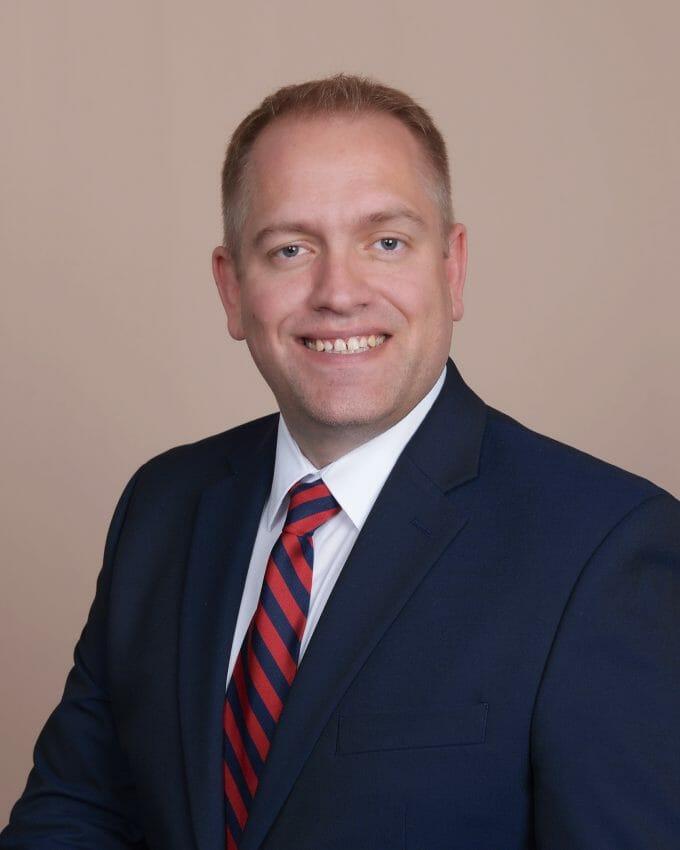Last week, I stopped by one of my favorite restaurants. In great anticipation, I approached the front door to find a sign that said, “Closed due to labor shortage.” I was very disappointed. But let’s face it, while inconvenient; I had other options. What if you had the same experience going to an emergency room? Imagine if the hospital had a sign that read, “Closed for new patients due to the nursing shortage.”
While it may seem farfetched, that reality might not be too far away. There is a serious shortage of nurses in the United States. Healthcare facility job sites reveal hundreds of unfilled nursing positions. Understaffing means we see nurses taking on higher patient loads and making mistakes. A tired nurse is an unsafe nurse.
So, what caused this nursing shortage? A knee-jerk reaction would be to blame COVID-19 for this issue. However, the pandemic is only part of a larger cyclical problem brewing for years. We already anticipated that between 2019 and 2025, we would lose around 15% of our workforce due to retirement. That 15% included many of the most experienced nurses and nurses in higher leadership or education positions. We depend on our experienced nurses to train and socialize our newer nurses until they gain enough experience to practice independently.
Then, throw COVID-19 into the mix. During the pandemic, nurses stepped up, often with heavy patient loads and longer hours in high-risk environments. They sacrificed their own safety to protect everyone else. For a while, nurses were praised as heroes. We even cheered them in the streets. Then at some point, nurses were forgotten. Nursing wages went down, and workloads for nurses stayed high. Overcrowded hospitals led to angry patients. Burned-out nurses started to leave the profession in droves. But the nurses that left weren’t just the expected retirees. Nurses who had only been in the profession for 2-10 years decided to quit. How do we stop this cycle? We need to start by providing more opportunities to receive a nursing education. There are more qualified nursing candidates than there are slots in nursing schools. In some states, students experienced a three-year waitlist. Having enough quality nursing programs to fill the demand is critical to solving the shortage.
We also need to take care of nurses that are currently in the profession. While salary is important, nurses are seeking more than traditional benefits. Nurses want schedule flexibility, a low patient-to-nurse ratio, and to work for an institution that believes in delivering safe patient care. Fortunately, many healthcare institutions are building strong wellness and advocacy programs for nurses. At our college, we include self-care in our curriculum so that nurses have the tools to succeed and stay in nursing before they embark on their careers.
Diversity is another issue in nursing that requires commitment. Traditionally, nursing has been a white, female-dominated profession. When I started nursing, I was one of the few male nurses. Now when I look around my college, I see more men and students from various ethnicities and backgrounds. We will not solve the shortage unless we can attract and retain a diverse student population to the profession.
The nursing shortage has been years in the making, and we are going to need more time to solve it. But by creating more educational opportunities, advocating for nurses, and creating an inclusive and welcoming profession, we can start to fill the gap. Nurses are a vital part of our communities; we depend on them to keep us healthy and provide expert care when we are ill or injured. We must keep nurses healthy and happy. After all, they have devoted their careers to caring for us.
Editor’s Note: Dr. Andy Nydegger is Senior Director for Campus Development at Arizona College of Nursing. Arizona College of Nursing offers a three-year Bachelor of Science in Nursing (BSN) at 15 campuses across 10 states. Nydegger is an experienced bedside nurse and nursing educator. Prior to his nursing career, he proudly served in the US. Air Force. Nydegger is the current President for the Utah Nurses Association.
